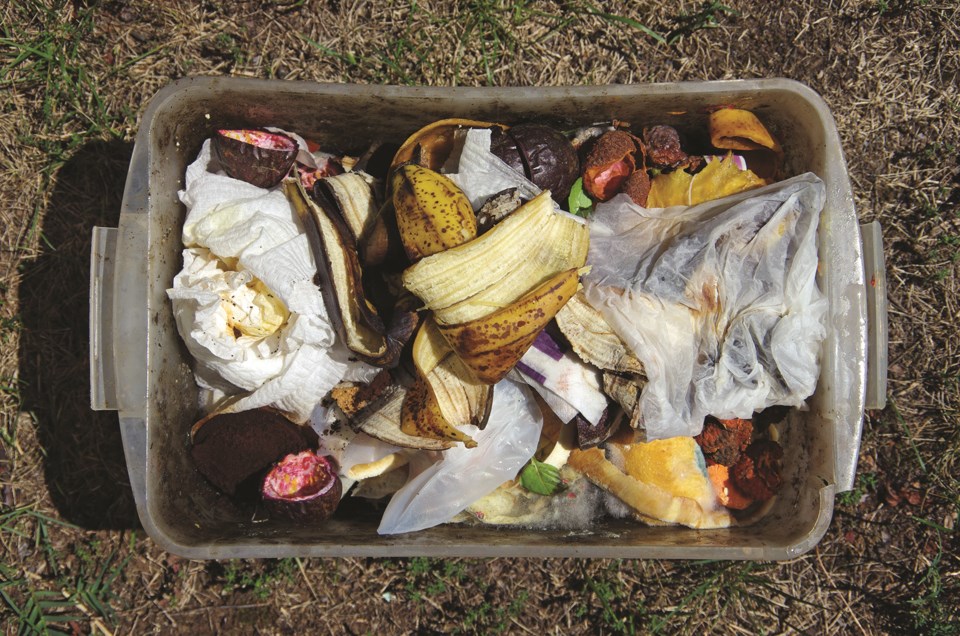Some stories are worth repeating, even when they don’t have happy endings. Such is the tale of compostable plastics. On the surface, they sound like a panacea solution to plastic pollution. We are accustomed to the convenience of single-use plastic in our lives, and a simple replacement that didn’t cause harm to marine life, and down the pipe to humanity itself, would bring smiles to the masses. Alternatives to conventional plastic, however, need to consider the complexities of the systems they are immersed in. Even truly plant-based plastic must successfully travel through a maze to get from the consumer back into the soil as nutrients.
These days we see the marketplace flooded with packaging labeled ‘biodegradable,’ ‘earth-friendly,’ or simply ‘compostable’ without certification, and it becomes challenging to know what we are buying. The general rule is that unless the label reads ‘certified compostable,’ the label may be nothing more than green-washing. All materials eventually degrade into smaller pieces, but these may just be smaller pieces of plastic, rather than food for the soil.
While it would be a fairytale to simply replace single-use plastic bottles, to-go containers, grocery bags, straws, and the like with eco-friendly options, it’s not as easy as waving a wand and restocking supply shelves. Certified compostable plastics are only meant to break down completely in high-heat composting facilities, not backyard composters. Beyond this, thicker packaging requires many cycles through a certified facility to result in complete breakdown. Typically, a facility tries to get organic materials turned back into soil in about a month, and many compostable plastics take 100 days or more to fully decompose.
On top of these challenges, there is the understandable confusion in learning how to distinguish between regular and compostable plastic. Often nearly identical in appearance save tiny writing embossed onto sometimes transparent surfaces, even recycling staff struggle to know what’s what. The result is that recycling bins get contaminated with compostable plastics, which lowers the quality of the final product or packaging that the recycled plastic is transformed into. Compost facilities also get inundated with real plastic bags, or pseudo-compostable materials that inevitably slow down their operations and result in plastic-filled soil. You might have already experienced how plastic makes its way through the composting process and ends up in garden soil or compost bought at the nursery. For this reason, many facilities, including the one that both the city and qathet regional district send its composting pilot project materials to, refuse compostable plastic of any kind.
Where then do the solutions lie? Until the systems that certify and manage waste can clearly distinguish between certified compostable and all other materials, they are in most cases only an expensive form of pollution. Well-meaning businesses and individuals alike invest in more costly packaging in order to meet customer demands and address environmental concerns. While there may come a time when compostable plastics are able to be streamlined, that time has yet to come.
For now, the best approach is two-fold, starting with reducing the amount of single-use plastic in our lives by bringing reusable baskets, bags, bottles, and utensils with us. We can also inform management at businesses that are attempting to do the right thing by using compostable plastic packaging of their inherent challenges.
As always, the most effective way to respect the earth is to tread lightly.
Let’s Talk Trash is qathet Regional District’s waste-reduction education program. For more information, email [email protected] or go to LetsTalkTrash.ca.



